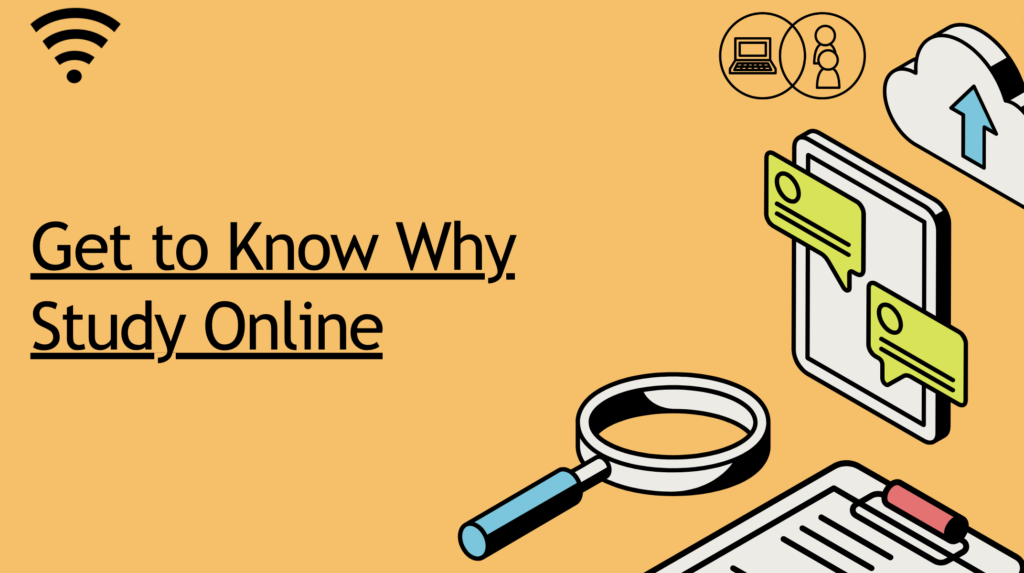New National Education Policy 2020: Know Highlights and Major Changes
The Narendra Modi-led National Democratic Alliance [NDA] government on Wednesday, 29 July 2020, approved the National Education Policy 2020 [NEP].
The decision was taken at a cabinet meeting.
Earlier, the draft for the New National Education Policy was made public in June 2019 and the central government sought recommendations from various stakeholders, including the general public till 31 July 2019.
The NEP draft faced harsh opposition from various sections over its 3-language formula, 4-year B. Ed. programme, board examination for Classes 5 and 8, among others.
However, the new National Education Policy endeavours to introduce some significant changes in the education system of India – from primary level to college level.
The complete details of the NEP have been announced by Union Minister Prakash Javedkar, and the Human Resource Development, HRD, Minister Dr Ramesh Pokhariyal Nishank at the National Media Centre post its approval by the Cabinet.
A common entrance exam for universities, a single regulator for higher education institutions, low stakes board exams, multiple entries and exit options in degree courses and discontinuation of M. Phil. programmes are among the major highlights of the policy.
National Education Policy 2020 Approved by the Union Cabinet
The Union HRD Minister Dr. Pokhriyal had earlier said that the NEP 2020 has been structured to solve numerous problems in the Indian education system.
The HRD minister had also shared that the NEP will offer the youth of the country with better access to higher education.
HRD Minister Ramesh Pokhriyal Nishank says 2.25 lakh recommendations were received when the draft was made public.
Speaking to the media, the Union Minister Prakash Javadekar stated that the changes are important as the policy, which was framed in 1986 and revised in 1992, had not been revised since then.
New Changes have been introduced in the Indian Education system after 34 years.
As per the latest changes introduced the MHRD has been renamed as Education Ministry.
“The NEP 2020 aims to increase the Gross Enrolment Ratio in higher education including vocational education from 26.3% (2018) to 50% by 2035. At least 3.5 crore new seats will be added to higher education institutions,” the HRD higher education secretary Amit Khare stated at the media interaction.
Key Highlights of National Education Policy 2020
As per the National Education Policy 2020, the Right to Education, RTE, has been extended covering youngsters under the age group of three to eighteen years.
This is a key change in comparison to the previous education policy which only included RTE for the children until fourteen years of age.
The National Education Policy, thus, endeavours to universalize the pre-primary education and facilitate the foundational literacy to all by 2025.
Under the school education, NEP has proposed universalization of Early Childhood Care Education, ECCE, and the establishment of a National Mission on Foundational Literacy and Numeracy.
The NEP is founded on the pillars of access, affordability, equity, quality, and accountability.
The NEP proposes a 5+3+3+4 curricular and pedagogical structure. This will help in the cognitive-developmental stages of the students irrespective of their age.
The NEP divides the K12 segment further into following:
1. Foundational Stage (for Age 3-8 yrs): 3 years of Pre-primary plus Grades 1-2
2. Preparatory Stage (for Age 8-11 years): Grades 3-5
3. Middle Stage for Age (11-14 years): Grades 6-8
4. Secondary Stage (for Age 14-18 years): Grades 9-12
The course curriculum will also provide the 21st-century skills, technical temper and analytical thinking abilities.
The NEP plans the establishment of a Gender Inclusion Fund.
It also has a provision for multilingual studies with a primary focus on the traditional languages of India.
Students in the age group two to eight years have the aptitude to learn multiple languages quickly and multilingualism has cognitive benefits for the children.
Thus, children would be learning three languages early on, from the Foundational Stage.
Children of all levels will have regular classes and opportunities to partake in physical activity and exercise, including games, yoga, sports, martial arts, dance, gardening, and more, as per the availability of teachers and facilities.
A National Assessment Centre – Parakh and a National Professional Standard for Teachers will be established.
The NEP proposes an independent, state-wide, regulatory body called the State School Regulatory Authority for each state.
The National Testing Agency, NTA, will conduct the Common Entrance Exam, CET, for admission to Higher Education Institutions as per NEP 2020.
Furthermore, a National Research Foundation will be founded under National Education Policy to grant competitive funding for exceptional research proposals across all fields, as determined by the peer review and the success of the proposed research application.
The National Education Policy 2020 aims to take the Gross Enrolment Ratio to 50 per cent by 2035.
The higher education institutions except the medical and legal will have a single regulator under the NEP.
The provisions of NEP aim to provide students with a holistic education with better flexibility and choice of subjects to study across different streams of Humanities, Sciences, Commerce, Sports, and other Vocational subjects.
It aims to create a National Technological Educational Forum and the national institute for Persian, Pali and Prakrit.
The NEP launches a new highest regulating body, the Rashtriya Shiksha Aayog or National Education Commission headed by the Prime Minister of India.
National Education Policy – Story so far
Former Indian Space Research Organisation, ISRO, chief K Kasturirangan led the panel of drafting the new NEP and submitted the same to Union Human Resource Development Minister Ramesh Pokhriyal ‘Nishank’ when he took charge in 2019.
The NEP draft was then put in the public domain to seek public feedback, and more than 2 lakh recommendations were received by the MHRD about the same.
The existing education policy was set up in 1986, and then it was revised in 1992.
New education policy was part of the Bharatiya Janata Party, BJP’s manifesto before the general election in 2014.
The previous drafting experts also took into account the report of the previous panel headed by former cabinet secretary T.S.R. Subramanian, which was founded by the MHRD when it was being headed by the Union Minister Smriti Irani.
Stay tuned with Doubtnut for more updates on the education sector.



